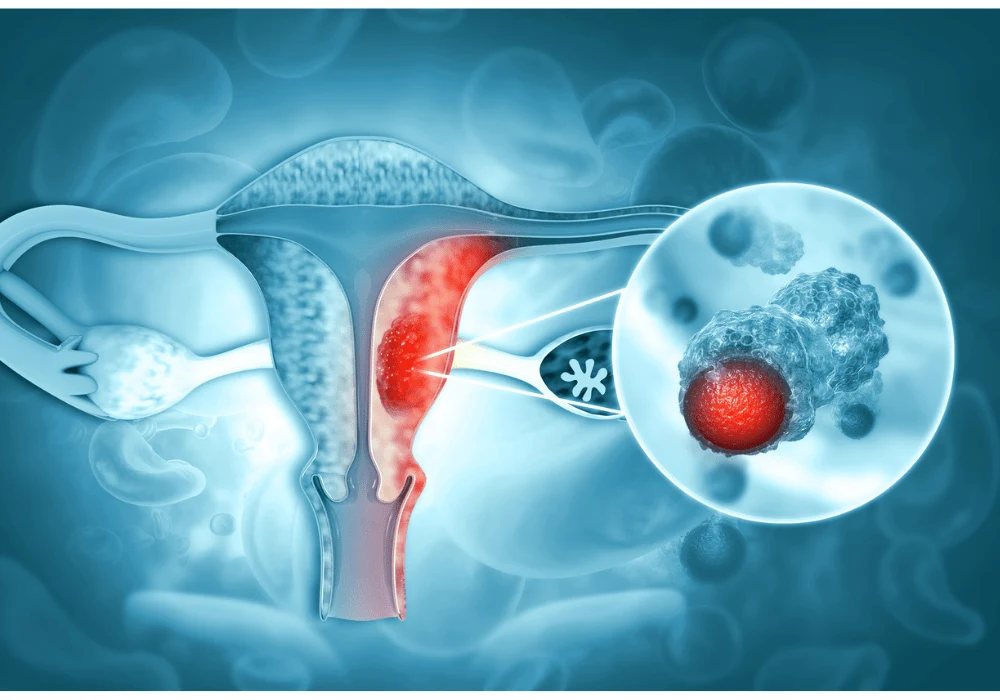Cervical cancer remains a significant health challenge globally, particularly in low- and middle-income countries. Nearly all cases of cervical cancer are linked to high-risk human papillomavirus (HPV), a virus transmitted through sexual contact. Despite advancements in screening and vaccination, disparities in access to these preventive measures persist, contributing to higher incidence and mortality rates in underserved regions. Emerging research is shifting the focus from traditional DNA-based HPV screening to more precise biomarkers like oncoproteins, which may provide a clearer picture of oncogenic activity and disease progression.
The Limitations of DNA-Based Screening
Traditional cervical cancer screening methods, such as the Pap test and HPV DNA testing, have been instrumental in reducing cervical cancer rates. However, they have limitations. The presence of HPV DNA alone does not necessarily indicate an active infection or a high risk of cancer development. Studies have shown that detecting HPV E6/E7 mRNA transcripts is more specific for diagnosing cervical disease than merely identifying HPV DNA. This is because the mRNA transcripts are directly associated with the virus's oncogenic activity, which is crucial in the progression to cancer. Researchers like Cuschieri et al. and Molden et al. have highlighted the superior prognostic value of E6/E7 mRNA detection in predicting persistent infections and severe dysplasia, suggesting a need to refine screening strategies.
Advancements in Non-Invasive Screening Methods
A significant advancement in HPV screening is the development of non-invasive methods, such as urine testing. Women generally find providing urine samples more comfortable than undergoing invasive procedures, potentially increasing screening participation rates. The incorporation of ultrasensitive enzyme-linked immunosorbent assay (ELISA) techniques for detecting HPV16 E7 oncoproteins in urine offers a promising alternative. This method has demonstrated the ability to detect even trace amounts of oncoproteins, providing a reliable indicator of oncogenic activity. The study conducted in Japan, involving 45 women with HPV-positive cervical intraepithelial neoplasia (CIN), showed that urine-based ELISA testing could effectively correlate with traditional biopsy results, making it a viable option for large-scale screening.
The Role of Oncoproteins in Cervical Cancer Progression
Oncoproteins like HPV16 E7 play a pivotal role in the pathogenesis of cervical cancer. These proteins interfere with cell cycle regulation, leading to uncontrolled cell proliferation and potential malignancy. The study's findings underscore the importance of quantifying E7 oncoproteins to assess oncogenic activity accurately. Interestingly, the research revealed a higher prevalence of E7 oncoproteins in lower-grade CIN lesions, suggesting that E7 expression may vary at different stages of the HPV life cycle. This insight challenges previous assumptions and indicates that monitoring protein levels could provide a more nuanced understanding of disease progression. Furthermore, the study highlights the potential of integrating E6 oncoprotein detection to distinguish between CIN2 and CIN3 stages, enhancing the accuracy of risk stratification.
The shift towards integrating protein-level detection in cervical cancer screening marks a significant advancement in the field. By focusing on biomarkers that directly indicate oncogenic activity, such as HPV E7 oncoproteins, researchers can improve the accuracy and reliability of screening methods. Non-invasive techniques like urine-based ELISA testing offer a practical and effective alternative, especially in regions with limited access to healthcare facilities. These advancements hold promise for reducing cervical cancer incidence and mortality worldwide, ensuring that more women receive timely and accurate diagnoses. Continued research and development in this area are essential for refining screening protocols and ultimately enhancing cervical cancer prevention and care.
Source Credit: Microorganisms
Image Credit: iStock

![Tuberculosis Diagnostics: The Promise of [18F]FDT PET Imaging Tuberculosis Diagnostics: The Promise of [18F]FDT PET Imaging](https://res.cloudinary.com/healthmanagement-org/image/upload/c_thumb,f_auto,fl_lossy,h_184,q_90,w_500/v1721132076/cw/00127782_cw_image_wi_88cc5f34b1423cec414436d2748b40ce.webp)




